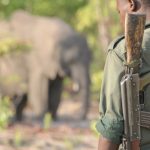Patience and Predators:
March of the Wildebeest
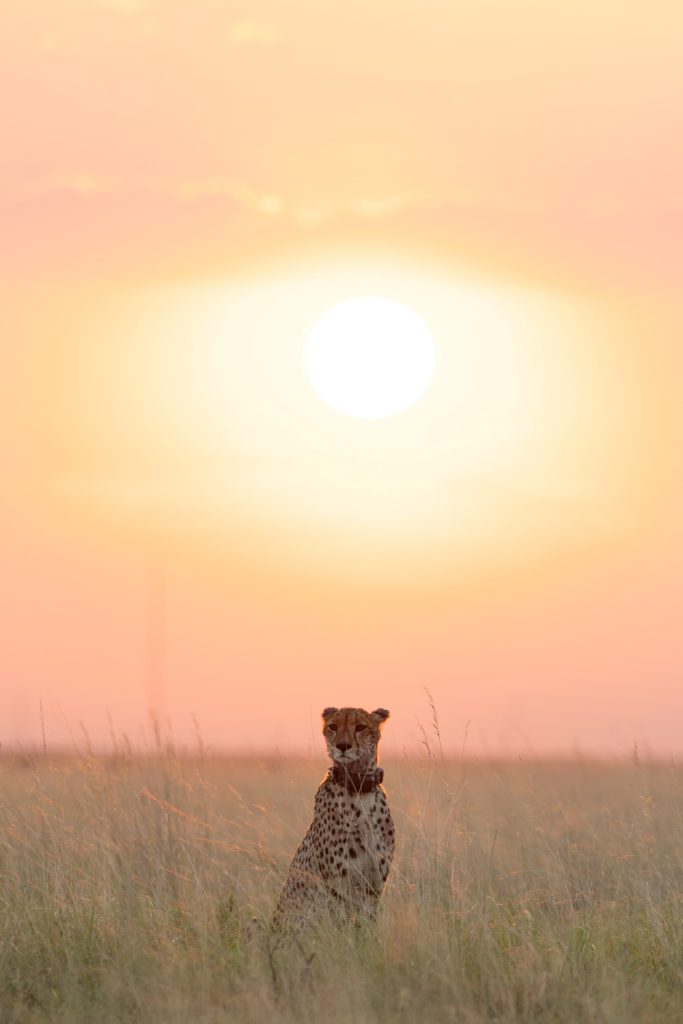
The wilderness may not cast its spell on every soul, but those enchanted by it fall hard. The call of the wild beckons and nature walks and hikes serve as temporary remedies for city dwellers longing to be one with nature. Visits to national parks become a necessity, while leashed cheetah walks appear seemingly insulting. What prompts this yearning for the outdoors? Do they desire society to return to a simpler way of life? While we may never know the answer, only a handful obey the call of the wild.
Liuwa Plain National Park is a wild gem, with vast land that is emerald in the wet season and canary citrine in the dry. The bush had begun changing its coat for the wet season, and green had sprouted nearly everywhere.
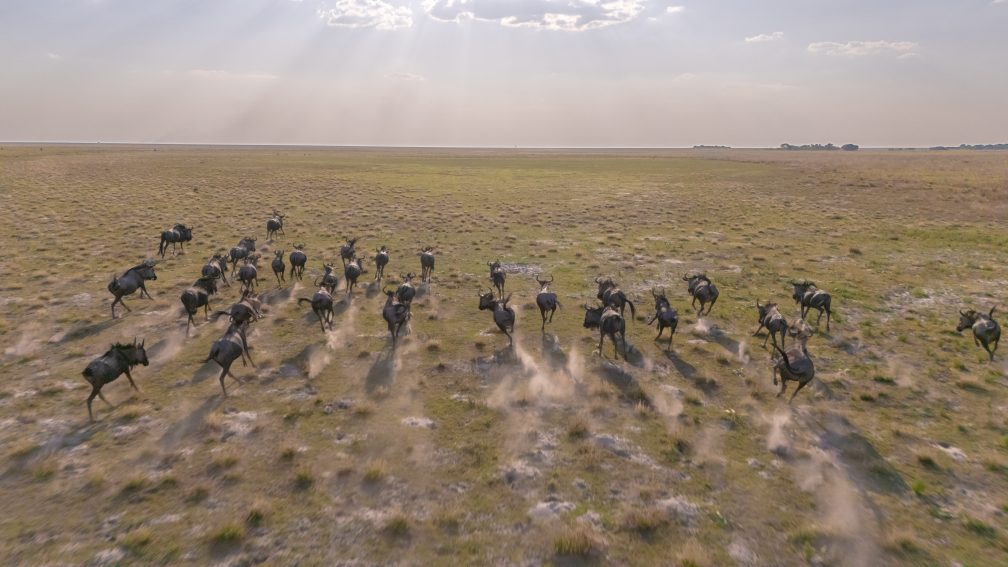
The park is the stage for the second-largest wildebeest migration on the planet and one of the oldest conservation efforts in Africa. In the 1800s, Lubosi Lewanika, then Litunga (king) of Barotseland, appointed his people as custodians of the plains. His legacy continues through Liuwa Plain National Park.
Liuwa’s Park Manager, Deon Joubert, and his partner, Anél Joubert, the park’s Commercial Development Manager, welcomed us. Deon, Anél, and their team have been instrumental in increasing what was once a dwindling animal populace, reintroducing several animals to the park.
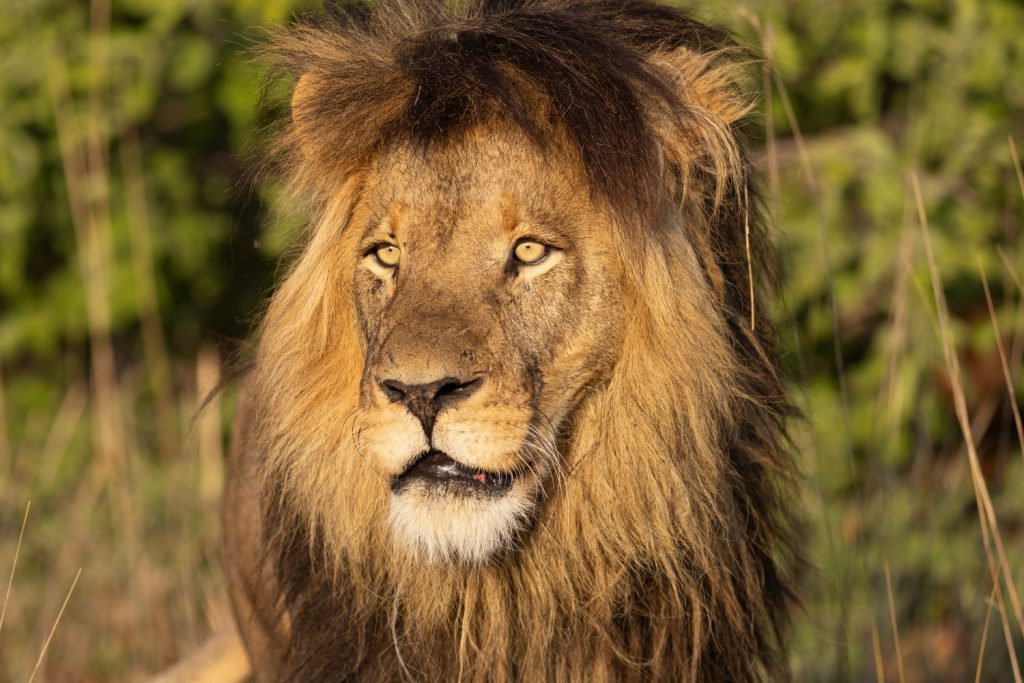
“We’re in the business of forever,” Deon says. Liuwa Plains National Park falls under the umbrella of African Parks, a non-profit conservation body that manages and rehabilitates protected areas. They partner with local communities and government bodies, including the Barotse Royal Establishment and the Department of National Parks and Wildlife (DNPW). “We sign 20-year agreements, so we are really invested,” he states. Liuwa Plain is the prime employer in the region and helps with essential health and educational facilities for approximately 12,000 people. But being a non-profit organisation whose earnings go back into sustaining the local community and conserving Liuwa’s biodiversity, Deon and his teammates are under pressure from donors to close their funding gap.

Initially, the only long-term accommodation was Time + Tide King Lewanika, a US$1.5 million investment in luxury safari tent accommodation. However, in a post-pandemic economy, Liuwa and African Parks want to push more domestic tourism to increase revenue. Enter Liuwa Camp, a mid-market fully catered experience with en-suite tented accommodation that recently opened. The hope is that this new camp brings in more outdoors lovers.
Hours before dawn, a primal cry reverberates throughout the park’s camps. It’s a sound you feel in your marrow, a roar that pulls you from your nightmares of the city and reminds you where you are. Bon Jovi, a majestic lion whose mane would make his namesake envious, calls out to his pride. The large cat is among the growing lion population that had once hit a critical low in Liuwa. But there has been a steady rewilding of animals, including eland, wild dogs, and buffalo.
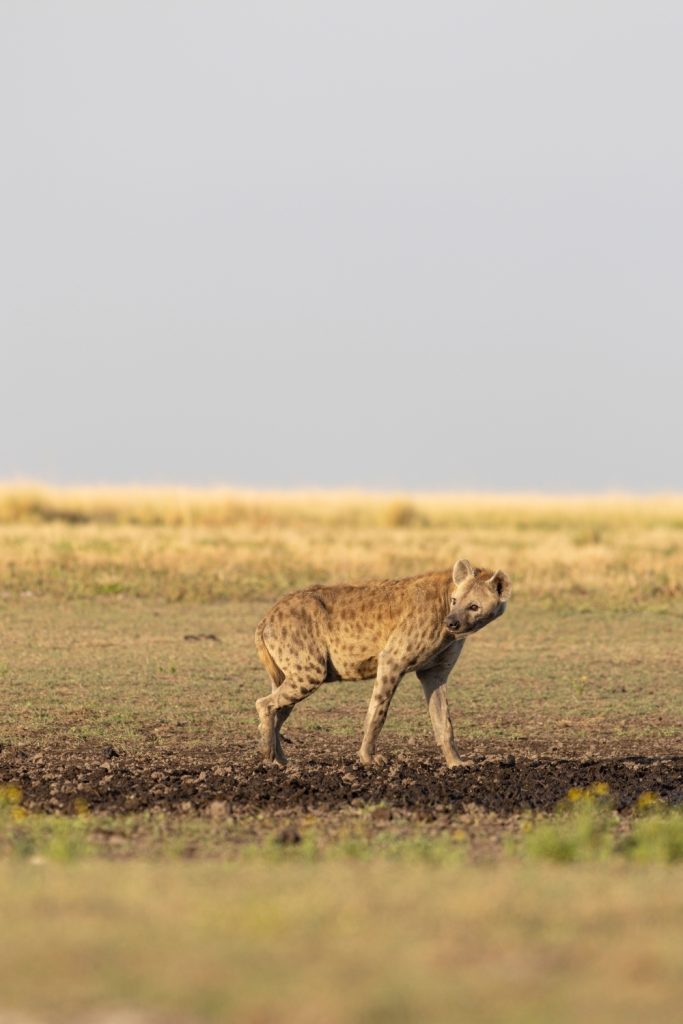
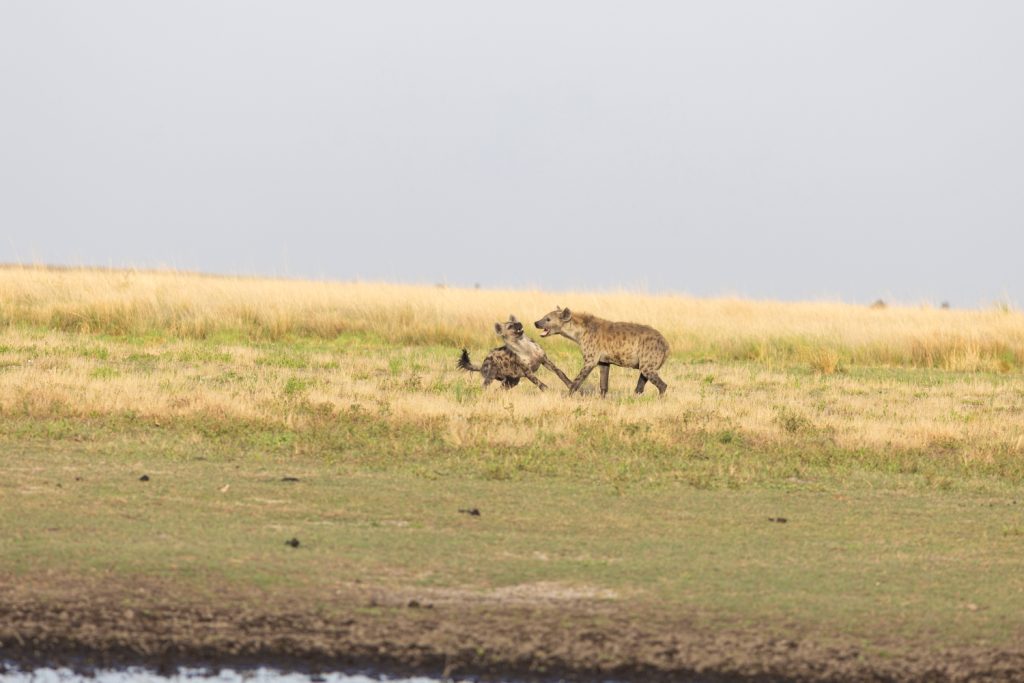
At dawn the following day, our assigned guide, Sepo Mubonda, picked us up. He’s an excellent animal tracker in a Land Cruiser and a repository of quirky bird facts. He possesses an uncanny knack for identifying birds by their calls among Liuwa’s three-hundred-plus species. Though he may occasionally consult the coordinates of their recent sightings, Sepo has the park’s wildlife hotspots committed to memory. And that’s no easy feat; Liuwa is 3,600 km² large.
The drive from HQ to camp was nearly an hour long. As we rolled through the vast landscape, clusters of wildebeest dotted the land like an ant colony on a fruit juice spill. It was the largest gathering of animals I had ever seen with my own eyes. We arrived at Camp Matiamanene to a warm welcome from Siku Mutukwa and her team. I met her in 2017 at Time + Tide King Lewanika on a different Nkwazi assignment, and she ensured we were well taken care of. I anticipated the same royal treatment at Camp Liuwa as well.
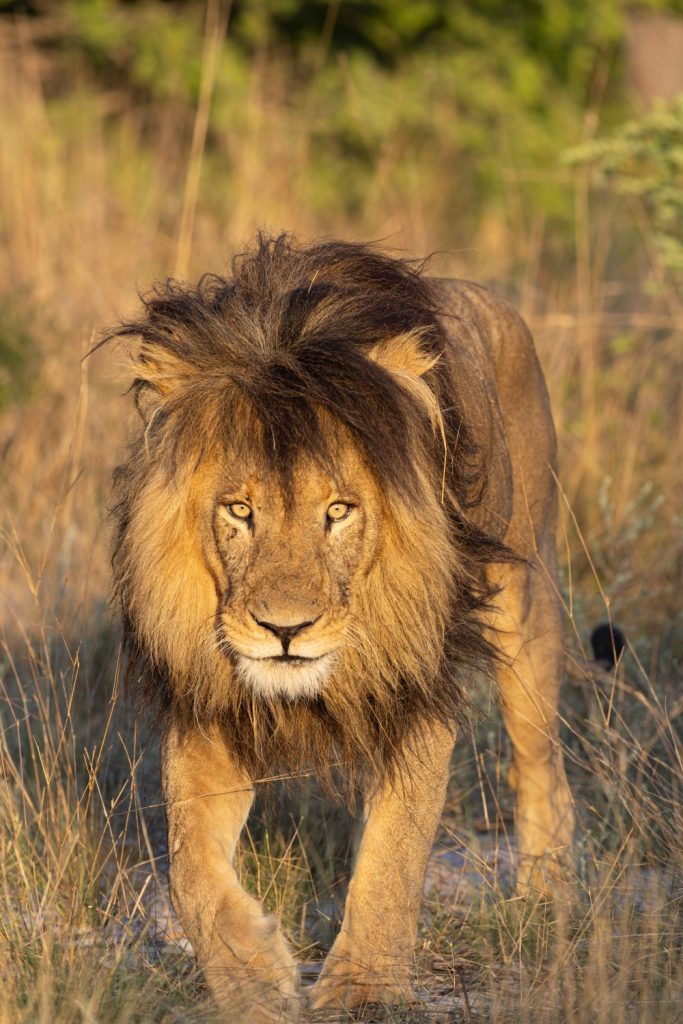
After a world-class lunch, Sepo took us out on the plains in search of fauna. Not long after we drove out of camp, we came face to face with Bon Jovi, the biggest and oldest male in the park. Once you see the large feline, it’s obvious that his magnificent mane bears a resemblance to Jon Bon Jovi’s similarly notable mane. He lay there, relaxed, in quiet majesty.
“He’s like this because he’s just fed,” Sepo told us. I was a little afraid to look into his yellow cat eyes, too shaken to make sudden movements. I guess that’s part of the thrill of the wilderness, that there’s the possibility of a wild animal showing its true nature.
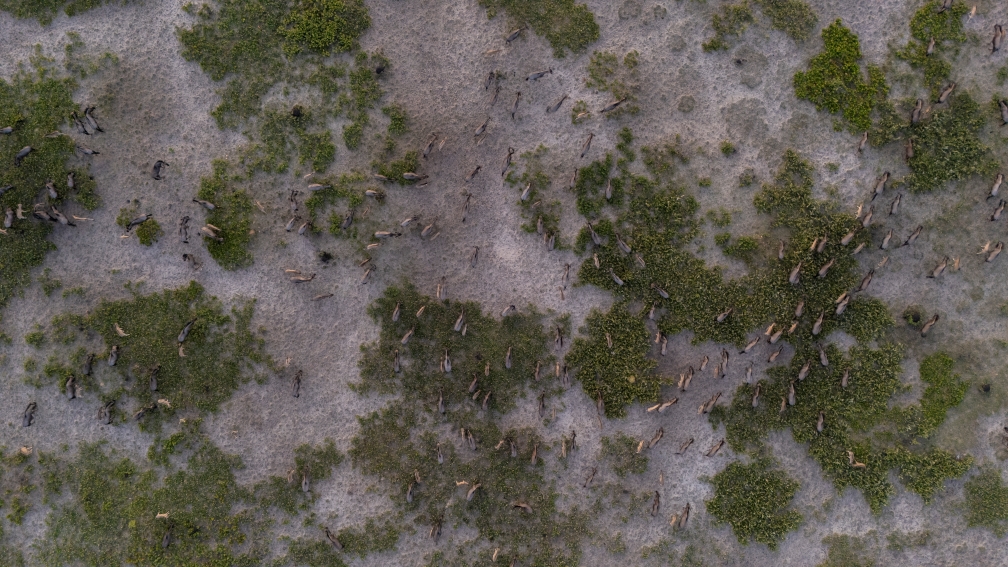
During the day, thousands of insects are consumed by the magnificent grey-crowned and wattled cranes swooping down onto the waters of the pans dotted around the plains—classified by Bird International as an Important Bird Area. I’d considered what drew the birds to this land when we spotted a small steenbok. Its curious ear markings reminded me of a leaf, perhaps an illustration of the artistry of a higher power…

As sunset approached, we drove into a small cove with a canopy of trees, creating water-cool shade. On the open white sand beneath the trees, we stumbled upon the Coalition, five lion sub-adults who were once part of Bon Jovi’s pride. Sepo said they had been kicked out because they had begun challenging their father’s authority. Three of them sat eating an animal we guessed used to be a wildebeest, most of its flesh gone. We could hear bones cracking and ligaments tearing, the beasts growling as they ate. Two lions, having eaten their fill, lay in the shade. A bolder one separated from his mates and strutted in front of our vehicle before positioning himself and sitting right in front of it, sending us an unmistakable message.
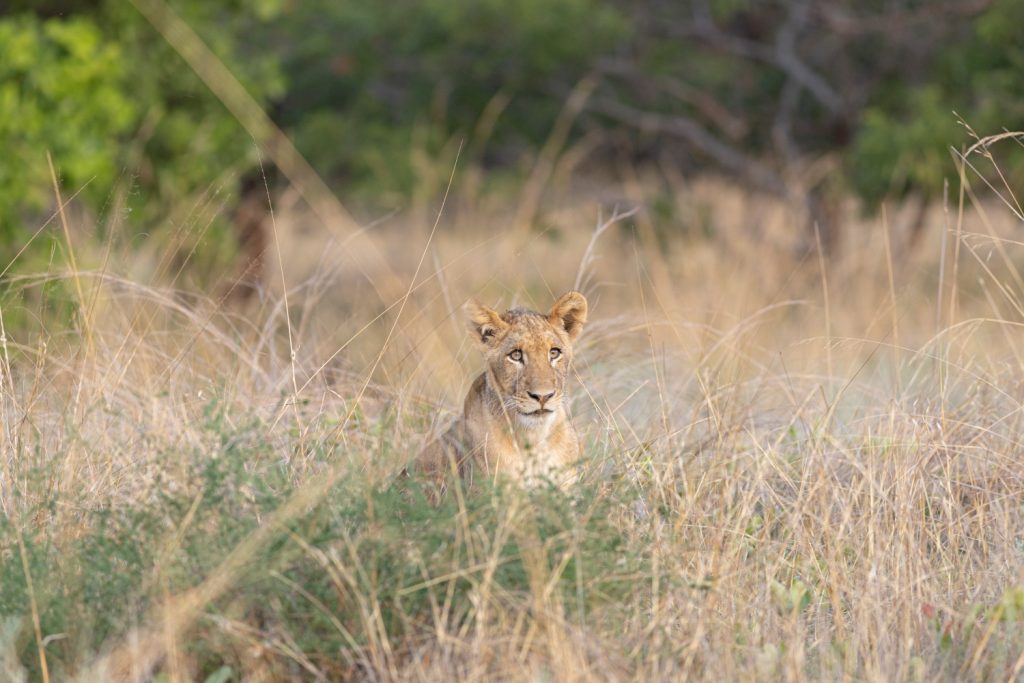
“This one is like that,” Sepo said about the lion. It had been sitting and posing in front of cars since it was a cub. Now, they were all relatively large. “Gigantism,” Sepo called it. When animals have little competition for food, they grow enormous. Obviously, the carnivores have it good in Liuwa.
At night, insects drunk on the luminescence from lightbulbs around the camp tap and crash into tent sides and window screens. Logic says it’s nothing to be afraid of. Fear says it could be a hyena testing the durability of your accommodation as you sleep.
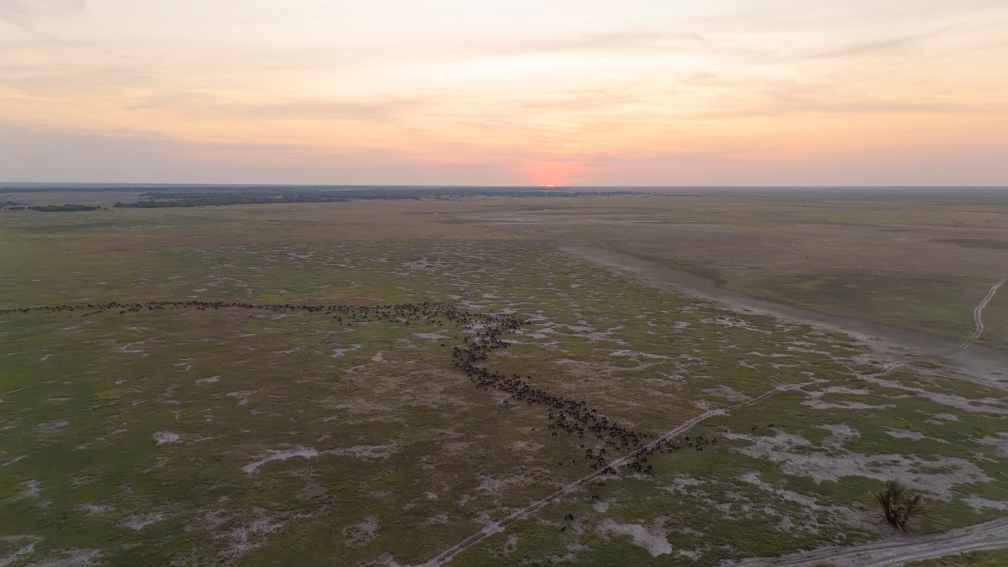
As the sun rises, clusters of wildebeest herds become visible. They form an extended black line that stretches farther than humanly perceptible, swallowing up the horizon. Their nasal “gnooing” becomes louder, and strong males kick up dust as they butt heads for the attention of females. This site is mirrored across the plains as the migration begins and the blue wildebeest returns home. Orange wisps of clouds emerge as the sky gradually sheds its night skin. We were heading to the roadside hyena den, hoping to catch the pack as it headed out for the day.
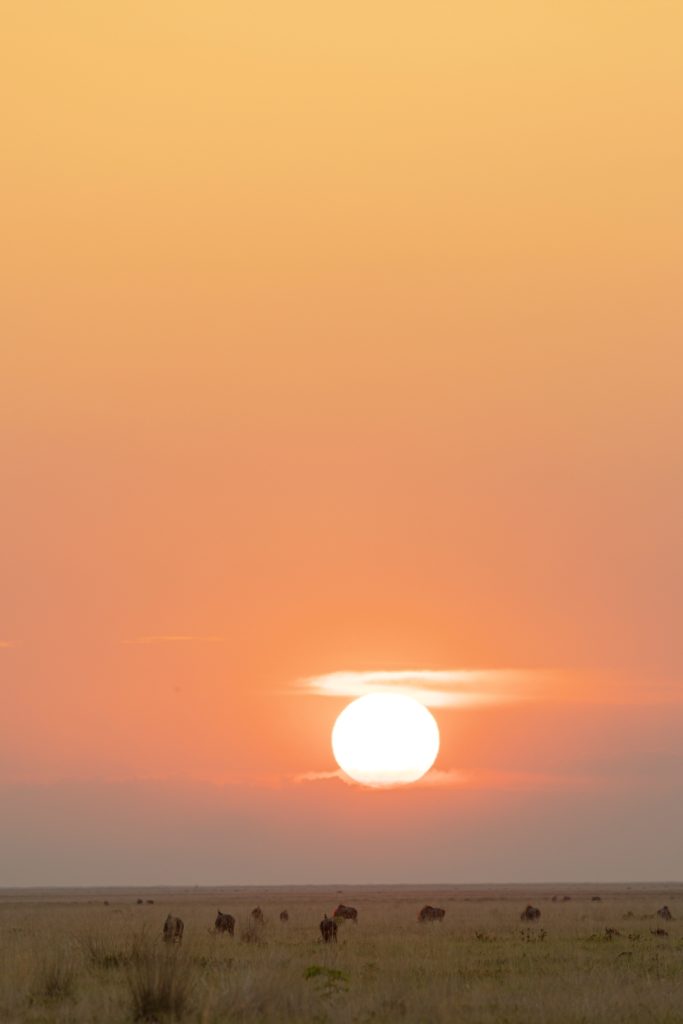
While watching the sun slowly rise, we heard some hollering from hyenas in the distance. The known den was vacant when we got there. Now, we were pursuing them, trying to follow the direction of the sounds we had heard.
Owing to their larger numbers, hyenas are the apex predator in Liuwa, hunting small wildebeest and antelopes. Howls and cackles can often be heard in the cool Liuwa evenings. Their female-led clans have complex social hierarchies, with males often bringing offerings to their matriarchs. Grey Crowned Cranes. Red-Billed Teals. Blacksmith Lapwing. All are convening and having breakfast by a small pan of water, their feet blackening with mud around the bank. There, we found a hyena lying down in a shallow basin. Wildebeest dug up the hollow that the hyena lay in. It’s where the taurine beasts rub their heads in the ground, their preorbital glands releasing a pheromone to mark their territory. I asked if the hyenas respect the wildebeest territory. “No,” Sepo replied. “They eat them,” he chuckled.
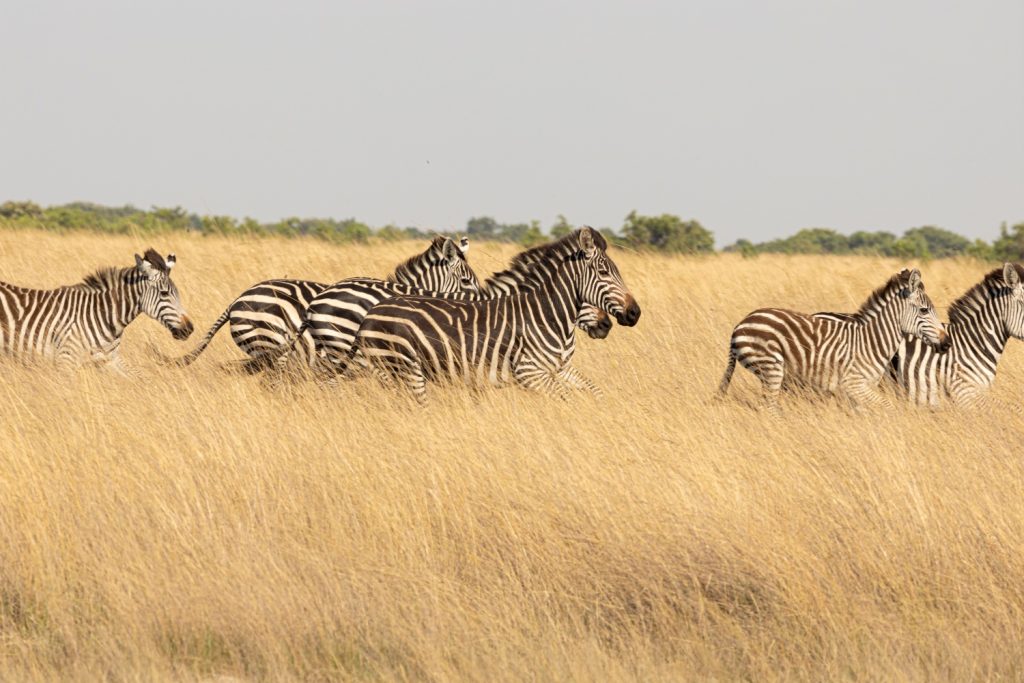
We arrived at a tree where a cat had previously been spotted, but we didn’t find her. Sepo re-input the coordinates into his GPS device as we moved in the direction where some vultures were riding the thermal current, soaring weightlessly and likely observing a potential meal. That was a clue that there might be a kill there. Maybe one by a cheetah. We nearly didn’t see her, but we found Kali the cheetah sitting in the shade under a wild syringa tree. At 17, she’s possibly the oldest female cheetah in the Zambian wild. She is one of sixteen cheetahs in the park.
“She looks alert like she’s planning on doing something,” Sepo observes. “Hunts during the cooler parts of the day…,” he read out loud from one of his guidebooks. Once she felt comfortable, realising that we weren’t a threat, Kali locked her head in one direction, looking for animals that might come her way. Sepo informed us it was a game of patience. One of the reasons the carnivores sit in one place is that they’re waiting for prey to sort of forget about them. She appeared to be watching a herd of wildebeest in the distance. Her eye was most likely trained on a calf.

We patiently waited for Kala to make her move. She’d open her eyes, perk her ears, and then lay down again. We suspected she was full because she was lazing about, and her belly looked enlarged. Waiting around for animals to do something we humans might find interesting is a test of patience. It gives you time for self-reflection. I pondered the possibility of predators doing their introspection as they waited for the right moment to pounce.
Suddenly, after what felt like an eternity, with a swift and purposeful movement, Kali rose with feline agility. The rhythmic sounds of the plain surrounded us, amplifying the anticipation in the air. Her eyes once more locked onto the distant herd of wildebeest; the game of waiting had reached its climax. Sepo’s earlier words echoed in my mind—patience, an essential virtue for predators in the wild. In a blur, the cat leapt forward with unimaginable speed, momentarily closing the gap between herself and the unsuspecting wildebeest. As the scene unfolded before us, I couldn’t help but imagine that we, the once patient observers, had become active participants in this spectacle, the memory of Kali’s decisive moment under the wild syringa tree collectively etched on our minds.
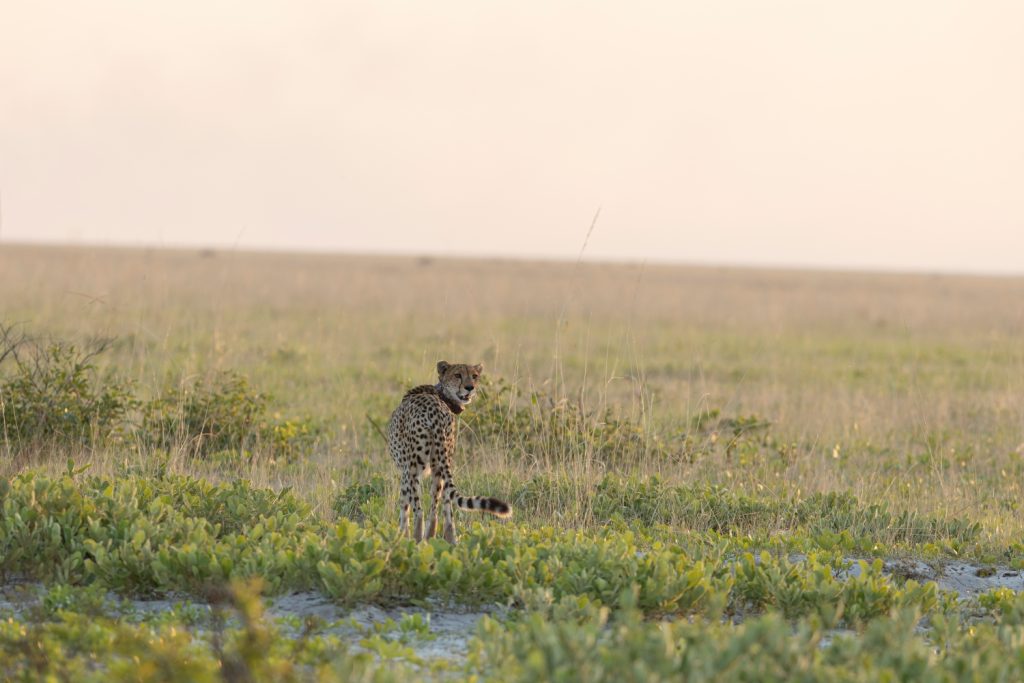
On our last early morning, freshly brewed coffee accompanied our goodbyes. I was going to miss the quiet of the park. Liuwa means ‘plain’ or ‘hunting grounds’ in Lozi, and while the park’s accommodation is anything but plain, this visit was my return to the plain and simpler, if you will. It was a welcome escape from the barrage of conflicting news from social media, an escape from an unforgiving capitalist society—a chance to obey the call of the wild once more. Liuwa Plain National Park is a place with a passion for guests and hospitality, and more importantly, they have a passion for the wilderness and preserving it. I will gladly return to it—and a simpler way of living—whenever I can.



